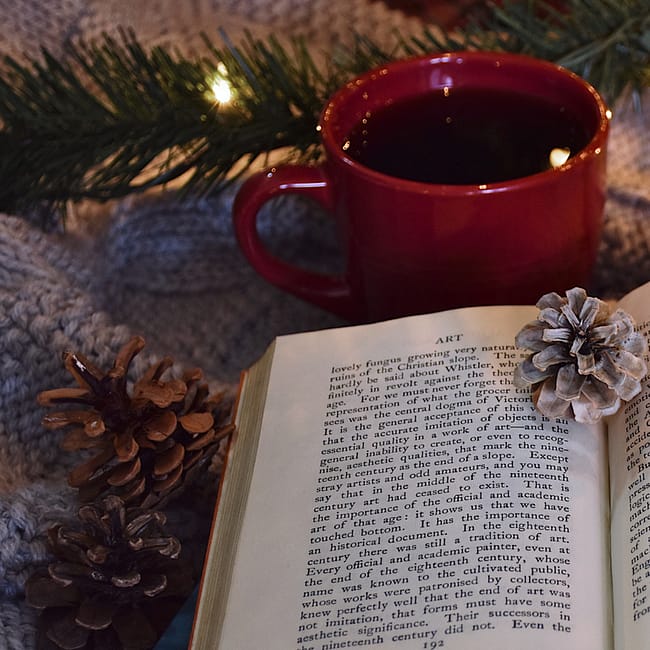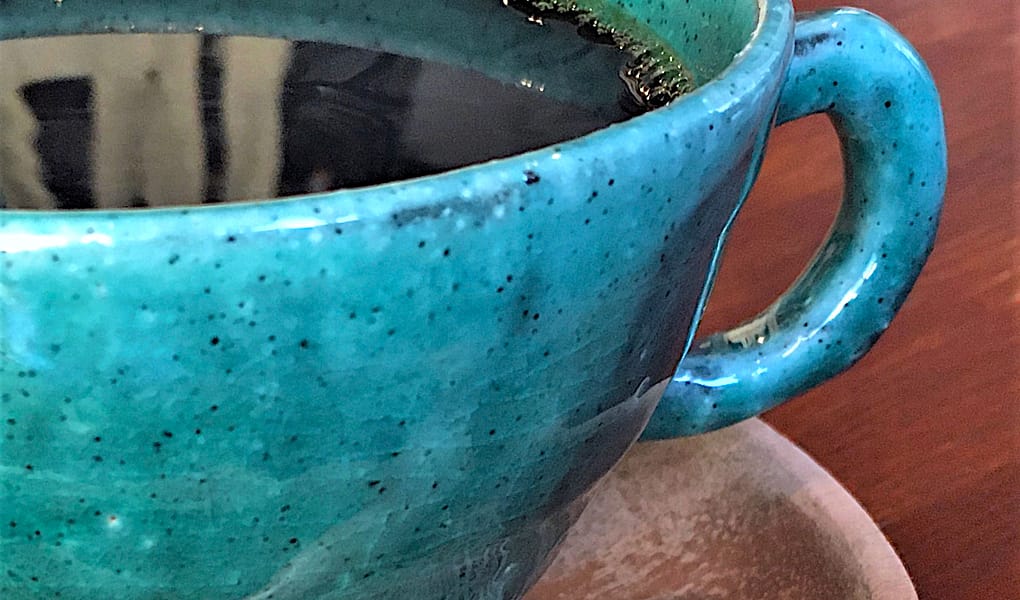Hygge implies comfort, warmth, a feeling of well-being, and a state of relaxed mood. – Judith Friedman Hansen
It’s the end of February, the longest short month of the year.
It’s no secret that a part of me loves winter. There is good work that happens within me in these months of huddling at home under warm blankets with cups of tea.
But, if I’m honest, this winter feels a bit harder. After months of being at home, it feels like many of us are sitting on our hands, fighting to urge to re-enter the world.

I long for adventure, travel, a trip to the mall, the way my dry skin cries out for lotion. But with the recent news of the United States surpassing the staggering milestone of 500,000 deaths from COVID-19, I find myself constantly asking one question.
“Is whatever I want to do worth the risk?”
Usually, the answer is no. So, we’re hanging out at home, and I find myself looking for ways to keep things interesting.
Enter hygge. This Danish practice is right up my alley, and I unknowingly practice a lot of the principles regularly. Even before I knew it had a name, hygge helped me feel cozy and comforted. Maybe it will help you too.
First Things First – Pronouncing Hygge
Hygge, pronounced hoo-guh (despite my internal voice insisting it’s hi-gee), is a Danish concept many of you have probably heard of.
A few years ago, hygge became somewhat of a buzzword and was apparently in the running for the 2016 word of the year.
Weeks ago, I found myself with a free evening and decide to start (and finish) Meik Wiking’s The Little Book of Hygge. Intrigued by the idea, I had picked it off a friend’s bookshelf right before she moved.
What is Hygge
The idea of small, ordinary extravagances that hygge emphasizes already echoes within me. Hygge focuses on people and your environment rather than physical objects, although you can choose objects that encourage hygge. In his book, Meik Wiking writes:
“However, spelling and pronouncing hygge is the easy part. Explaining exactly what it is, that’s the tricky part. Hygge has been called everything from ‘the art of creating intimacy,’ ‘coziness of the soul,’ and ‘the absence of annoyance,’ to ‘taking pleasure from the presence of soothing things,’ ‘cozy togetherness,’ and my personal favorite, ‘cocoa by candlelight.’”
Wiking, vi

Wiking goes on to highlight different ways one can create hygge in their space – everything from lighting, to food and drink, to clothing. Although it’s best to hygge with others, you can hygge alone.
After many months at home, I’m starting to feel a bit stir crazy. As an introvert, I’m usually pretty comfortable in my space, with my things and routines and a few choice people. But I’m finding even I have limits.
Practicing Hygge
The idea of hygge seems to have found me again right when I needed it. So, in an attempt to enjoy this home we’re in for one last winter, I’ve been putting some small ideas into practice.
Rather than give all my attention to the it’s-almost-time-to-move monkey on my back, I’m doing what I can to remain present and appreciate what we have and where we are right now.
As part of my own hygge journey, I’ve made a note of a few things I’ve been practicing recently. Without really meaning to, I seem to think of hygge in terms of the five senses.
Sight
One of the big principles of hygge is light. I’ve started lighting more candles. I left some of our Christmas lights draped across various surfaces, creating small pools of soft light in various parts of the house. Light that isn’t too harsh or bright is the most conducive to a hygge atmosphere. I also fill our home with lots of green plants, bringing some of nature indoors. Occasional season fodder, like pinecones, also find their way in as decor.

Smell
Candles can bring some comforting and warm scents into your space (as well as light). I also diffuse essential oils, giving me the option to change up the house’s fragrance without having to commit to an entire candle. Of course, the smell of whatever you’re cooking can also help promote a hygge atmosphere.
Sound
At the suggestion of Myquillyn Smith (also known as The Nester), I’ve started to craft seasonal playlists. I’m still a beginner, and not super consistent, but I’d like to get to a place where songs take me back to seasons. (In the same way Blink 182 and The Goo Goo Dolls will never fail to take me back to late middle school). I also consider the sound of laughter in my home very hygge. We have game nights with friends in our quarantine bubble and the chatter of friends in our home is lovely.
Touch
For me, this looks like comfy hoodies, sweatpants, and socks. It also means cozying up on the couch with Husband and Fred for a movie. Heavy knit blankets drape our couch, and my lined slippers sit within easy reach of the couch.

Taste
Think warm and sweet. Teas, coffee, and cocoa are all hygge drinks. Pies, cookies, and cakes encouraged. I also like to make soups in the winter, either in the crockpot or on the stove. And if I’m feeling brave, there’s nothing like warm, freshly baked bread straight from the oven.
Create Your Own Hygge + Get Cozy
Hygge isn’t something you can buy, although it’s true that commercial items can facilitate the experience. Warm socks, blankets, and candles all need to be purchased to be used (unless you’ve learned to make your own in these stay-at-home-COVID months).
But hygge is more about a feeling than physical items.
Chances are, you’re probably already practicing hygge on some level. Likely, it looks like a relaxing bubble bath, spending time with family, or even the mundane task of making dinner.
You can hygge in any season, even though winter is often the most referenced. So what about you –
Do you practice hygge?



